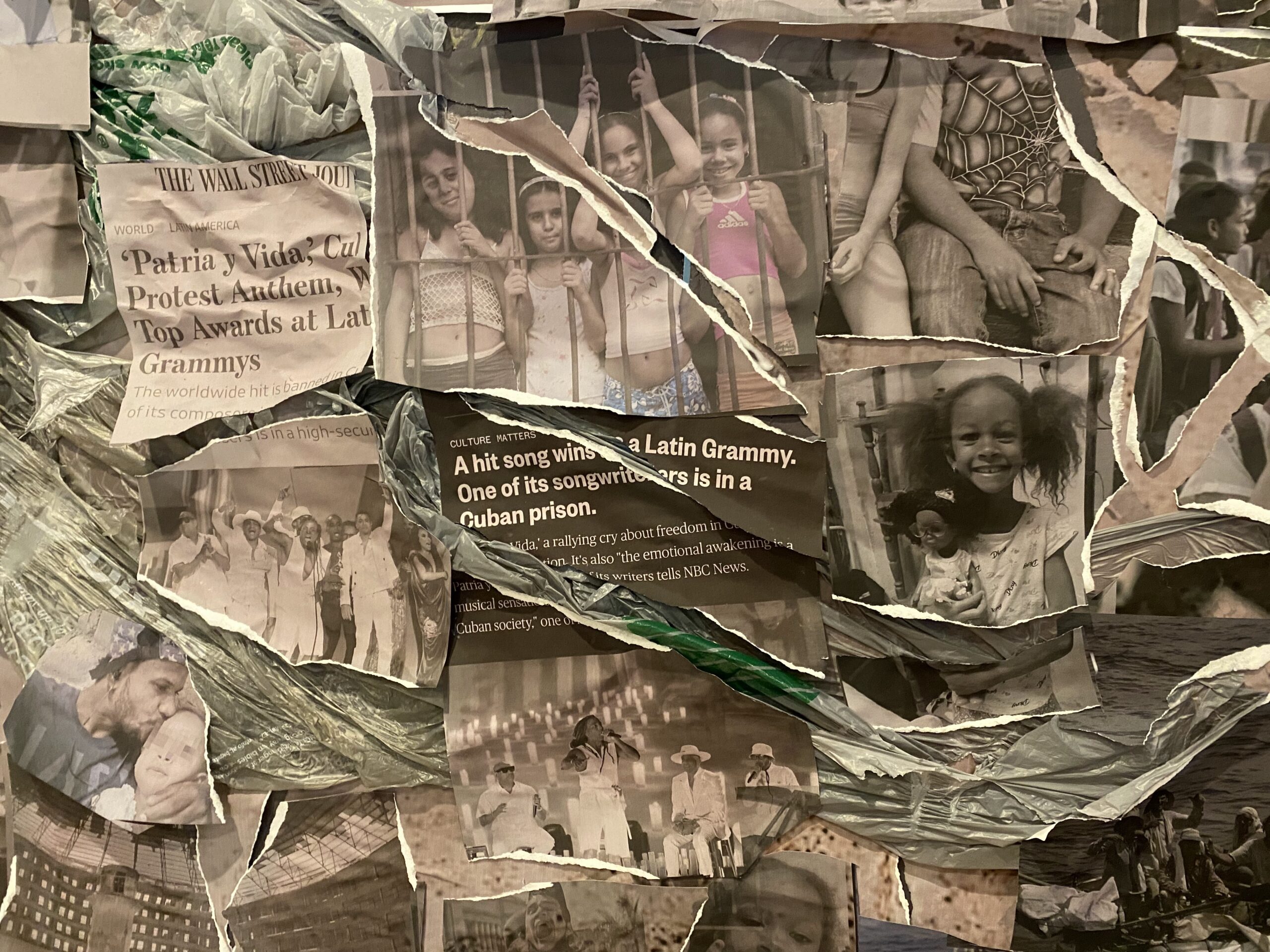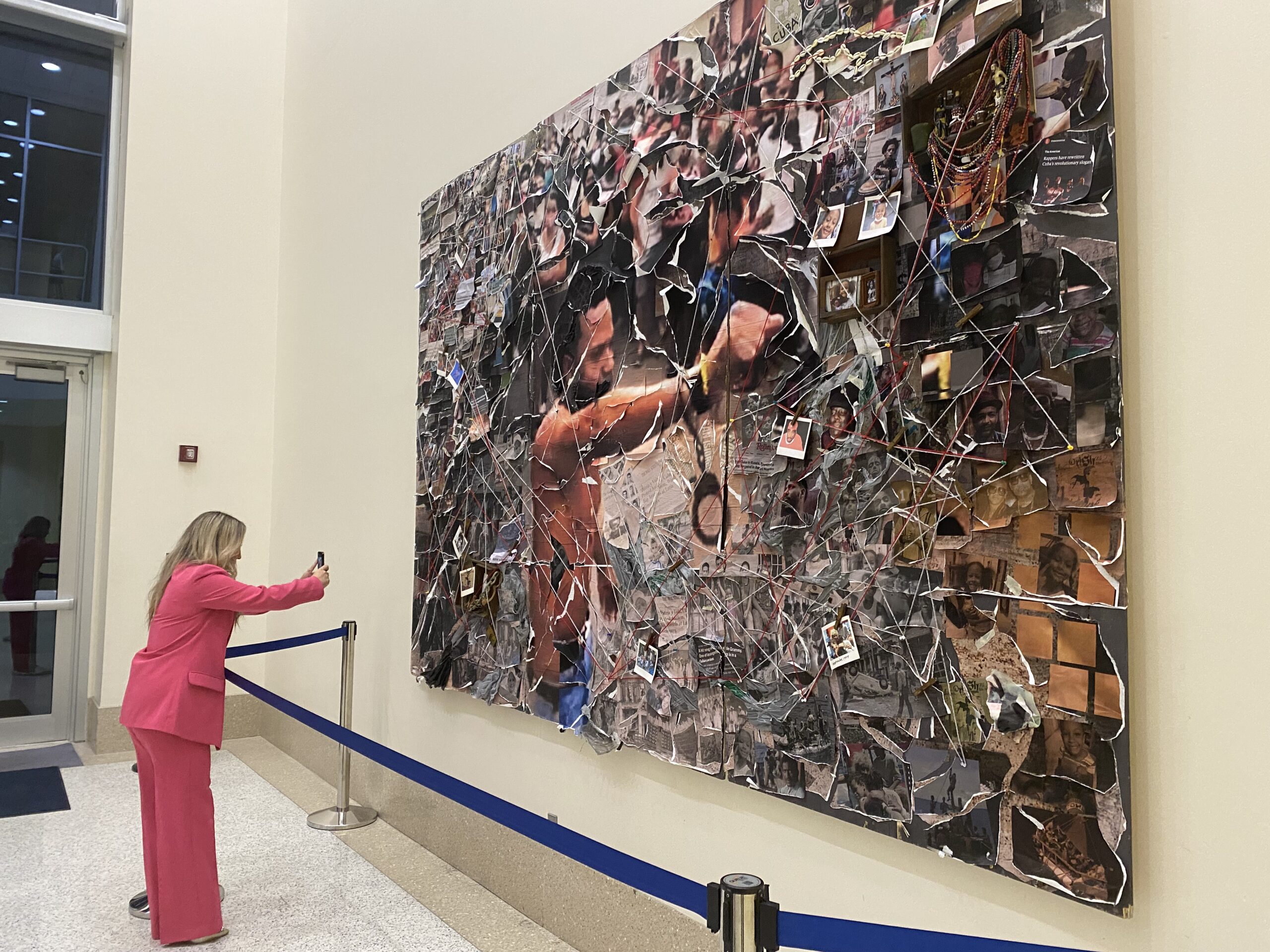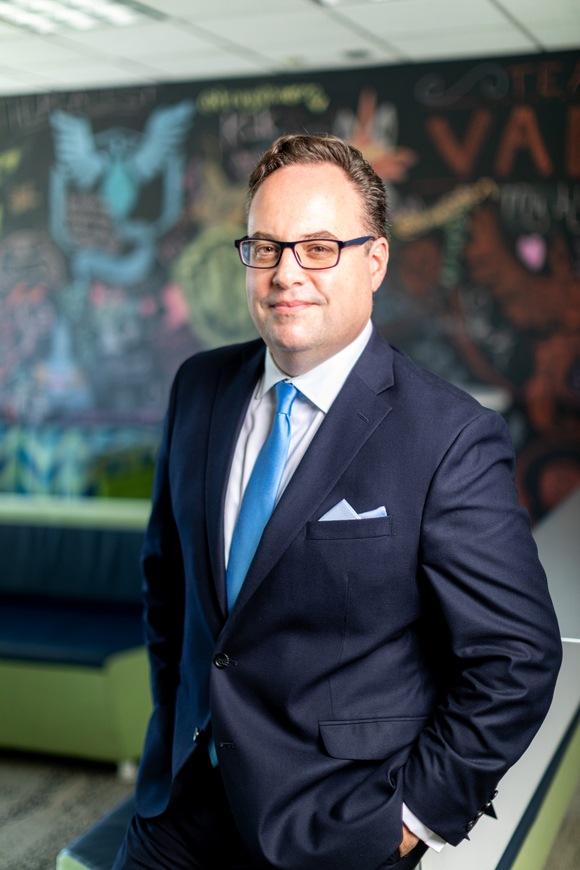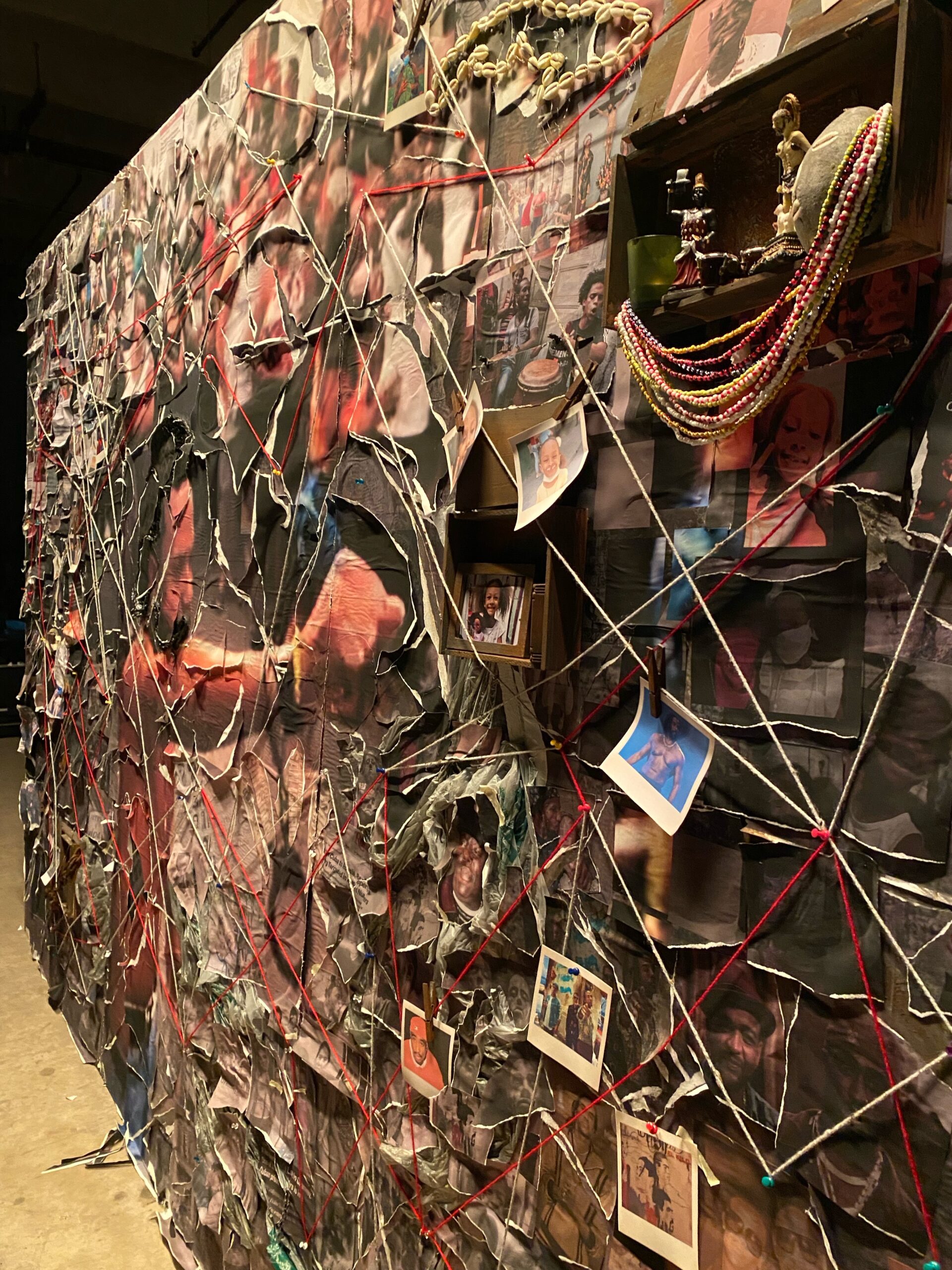Cesar Santalo, BFA Fine Arts ’95, is an award-winning visual communications professional, multidisciplinary artist, and educator with vast experience directing and implementing a broad range of design and animation projects. His collage work was recently featured in the Latin Grammy-nominated film Patria y vida: The Power of Music, in the form of a mural that becomes one of the central characters in the documentary. In both his artistic practice and pedagogy, Santalo has developed a practical, forward-thinking, and generous sensibility that affirms the continued importance of artists in today’s workforce. He is currently the dean of the College of Communication and Design at Lynn University.
Who influenced you at Pratt?
My major was drawing, so I had several courses with acclaimed illustrator Professor Jos Smith. He was a well-known illustrator and wrote many children’s and picture books such as Matthew’s Dragon and The Pen & Ink Book: Materials and Techniques for Today’s Artist.
One of the most extraordinary things I learned from Professor Smith is how to use my imagination through meditation and not always rely on reference, something today’s artists are constantly using, with the internet and artificial intelligence. He would talk about his experience meditating to transmit alpha waves to boost creativity and mindfulness. I often take Professor Smith’s approach and find I am most creative when washing my car or gardening.

One of my fondest and most memorable experiences was working in the Saturday Art School at Pratt, where the Art and Design Education Department would open their doors to the local community. I taught classes to teens and to their parents and grandparents. The program, which was founded in 1897, was run by Amy Brook Snider [Professor Emerita of Art and Design Education]. As a student, I always knew education would be part of my career path. While we took art education courses during the week, they were to prepare us for our students on the weekend. Professor Snider always conveyed the message as “what are we teaching, and why are we teaching it?”
Professors Jos Smith and Amy Brook Snider revealed the importance of creativity, imagination, personal connections, and a deeper understanding of the purpose of education. Their influence continues to inspire and shape my artistic and educational pursuits, guiding my creative endeavors and academic career.

How do you work with up-and-coming creatives?
When I work with young emerging artists, I try to encourage them to be sincere with themselves and look within. I always like to ask them why they are artists and what process they enjoy the most. With so many choices and styles available, are they just copying others?
With artificial intelligence, Pinterest, and Google searches, artists are relying on relatively new technologies to find their voice. I try to convey that to find one’s authentic voice, it must be an internal search. For me, it isn’t just how the painting looks at the end, but the enjoyment and challenges of the process. Through the process, you discover your voice and develop instinctual acuity to know what works and does not.
Also, [in the commercial and educational sectors,] as we move from a publisher-based business model to a user-centric approach, artists are the ones who can connect and empathize with customers better than anyone. Artists are the ones that drive user experience design that engages customers. We are the ones who make the first initial engagement with a company’s customer base. It will come as no surprise that in the future, many CEOs will have design or art degrees that will enable them to design a better future for their companies, their customers, and their employees. Building brands is the same as world building.

